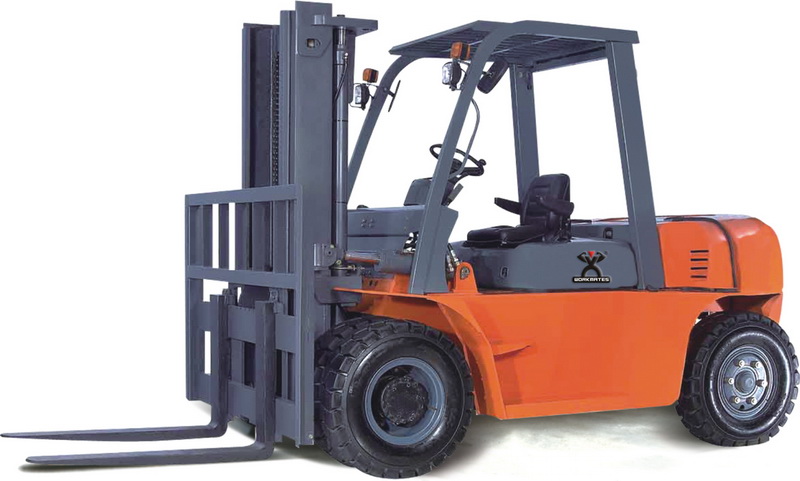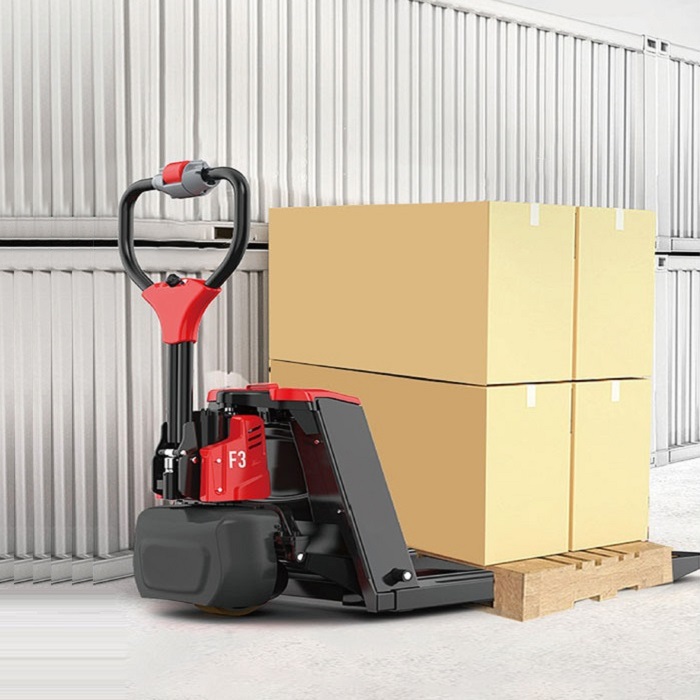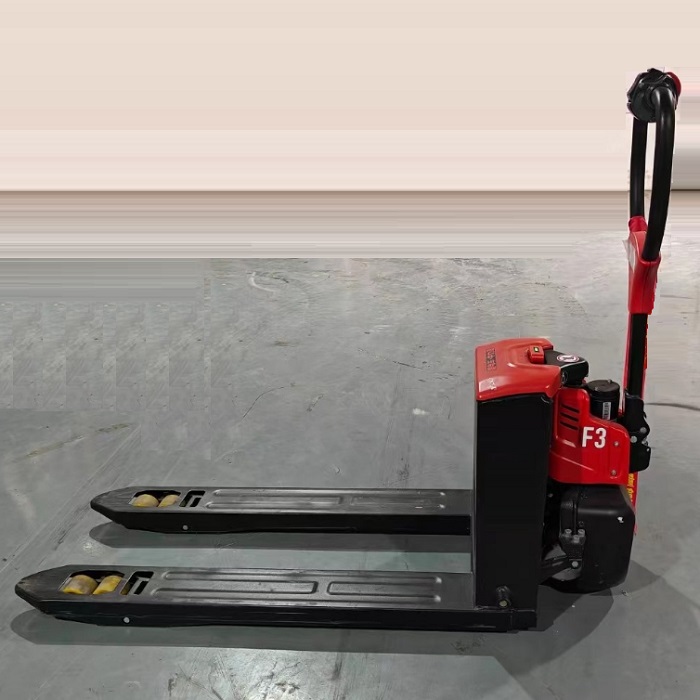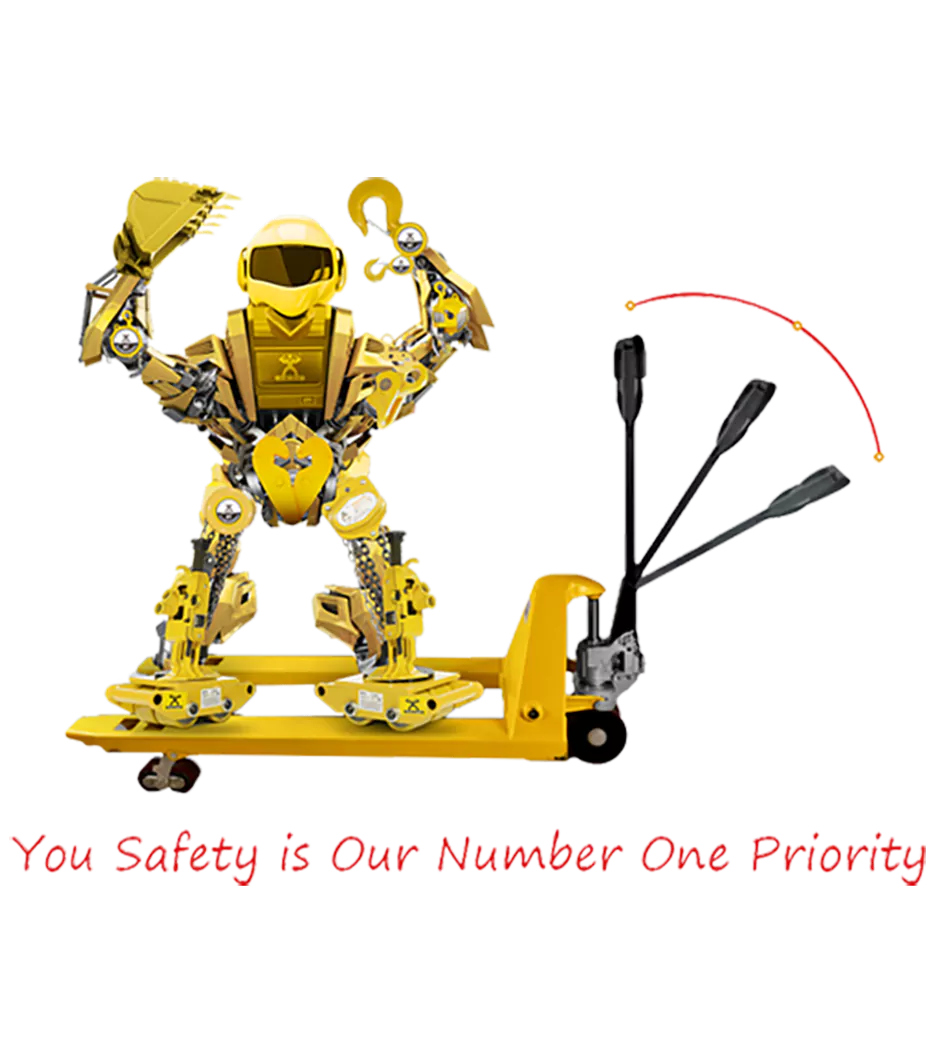Introduction to Semi-Electric Stackers
Welcome to the world of semi-electric stackers, where versatility meets efficiency! If you’re in need of a reliable solution for lifting and stacking heavy loads, look no further. Semi-electric stackers are here to revolutionize your material handling operations. With their unique combination of manual and electric power, these machines offer a range of advantages that will make your job easier and more efficient. In this blog post, we will explore the benefits, applications, factors to consider when choosing a semi-electric stacker, as well as maintenance and safety tips. So get ready to unleash the potential of these versatile workhorses!
Advantages and Benefits of Semi-Electric Stackers
Semi-electric stackers are a versatile and efficient solution for material handling tasks in various industries. These innovative machines offer numerous advantages that make them a popular choice among businesses.
One key advantage of semi-electric stackers is their cost-effectiveness. Compared to fully electric or manual stackers, semi-electric models provide a balance between affordability and functionality. They can handle moderate loads without the need for extensive manual labor, making them an excellent investment for small to medium-sized operations.
Another benefit is their ease of use. With simple controls and ergonomic design, operators can quickly learn how to operate these stackers efficiently. This reduces the learning curve and increases productivity on the shop floor.
Semi-electric stackers also offer flexibility in terms of maneuverability. Equipped with sturdy wheels, they can navigate tight spaces and narrow aisles with ease, allowing for efficient movement even in confined areas.
Additionally, these stackers provide improved safety features compared to traditional manual equipment. With built-in safety mechanisms such as emergency stop buttons and overload protection systems, operators can work confidently knowing that accidents or damage will be minimized.
Furthermore, semi-electric stackers contribute to increased efficiency by reducing physical strain on workers. By automating lifting and lowering functions through electric power assistance while still requiring minimal manual effort for steering or positioning loads correctly – employees can complete tasks more quickly while minimizing fatigue-related errors.
The advantages and benefits of using semi-electric stacker units demonstrate why they have become an essential tool across various industries. Their cost-effectiveness, ease-of-use, maneuverability capabilities combined with enhanced safety features make them an ideal choice for businesses seeking reliable material handling solutions without breaking the bank.
Applications and Uses of Semi-Electric Stackers
Semi-electric stackers are incredibly versatile pieces of equipment that can be used in a wide range of applications. Their compact design and maneuverability make them perfect for use in warehouses, factories, retail stores, and even small businesses.
One common application for semi-electric stackers is in the transportation and stacking of pallets. These stackers can easily lift and move heavy loads, allowing workers to efficiently transport goods from one location to another. They are also equipped with adjustable forks or platforms, making it easy to accommodate different sizes of pallets.
In the manufacturing industry, semi-electric stackers play a crucial role in material handling tasks. They can be used to load and unload materials onto shelves or racks, eliminating the need for manual lifting and reducing the risk of injuries. Additionally, their precise control allows operators to position materials accurately during assembly processes.
Retail stores often utilize semi-electric stackers for inventory management purposes. These stackers enable employees to quickly restock shelves by effortlessly lifting boxes or products up high without straining themselves physically.
Furthermore, semi-electric stackers find applications beyond traditional industries as well. They are commonly employed in event setups for stage construction or moving heavy equipment during exhibitions.
Factors to Consider When Choosing a Semi-Electric Stacker
1. Weight Capacity: One of the most important factors to consider when choosing a semi-electric stacker is its weight capacity. You need to ensure that the stacker has enough lifting power to handle your specific load requirements. Make sure to check both the maximum lifting capacity and the load center, as these will determine how much weight can be safely lifted and balanced.
2. Lift Height: The lift height of a semi-electric stacker is another crucial factor to consider. Determine the maximum height you need to reach in your warehouse or facility, and choose a stacker with an appropriate lift height that can easily access those areas.
3. Battery Life: Since semi-electric stackers are powered by batteries, it’s essential to consider their battery life. Look for models with long-lasting batteries that can withstand continuous use throughout your workday without requiring frequent recharging.
4. Maneuverability: Consider the maneuverability of the semi-electric stacker, especially if you have limited space or narrow aisles in your facility. Opt for models with features like compact design, tight turning radius, and responsive controls for easy navigation in confined spaces.
5. Safety Features: Safety should always be a top priority when selecting any type of equipment, including semi-electric stackers. Look for features such as anti-tip stability mechanisms, emergency stop buttons, and guardrails for added protection during operation.
6.Price and Warranty: Lastly but equally important is considering price and warranty options available for different brands/models of semielectric Stackers.
Don’t always go cheap if it means sacrificing quality,but also look out not overpaying unnecessarily.
Maintenance and Safety Tips for Using Semi-Electric Stackers
Maintaining the efficiency and safety of semi-electric stackers is crucial to ensure their optimal performance. Here are some essential maintenance and safety tips to keep in mind:
Regular Inspections: Conduct routine inspections of the stacker, checking for any loose or damaged components. Pay close attention to the forks, hydraulic system, wheels, brakes, and controls.
Proper Lubrication: Keep all moving parts well lubricated. This will help reduce friction and prevent premature wear and tear. Refer to the manufacturer’s guidelines for the appropriate lubricants to use.
Battery Care: For semi-electric stackers with battery-powered operation, proper battery care is vital. Regularly check the battery’s water level and charge it as instructed by the manufacturer. Avoid overcharging or discharging the battery excessively.
Safe Operation: Train operators on safe stacking procedures, including load capacity limits, proper lifting techniques, and how to navigate ramps or uneven surfaces safely. Encourage them to observe speed limits while operating the equipment.
Storage Considerations: When not in use, store semi-electric stackers in a dry area away from extreme temperatures or moisture that could damage sensitive electrical components.
By following these maintenance practices along with implementing strict safety protocols such as wearing appropriate personal protective equipment like gloves or helmets when operating a semi-electric stacker can significantly enhance workplace safety while prolonging its lifespan.
Conclusion
In this fast-paced world, efficiency and versatility are paramount in every aspect of our lives, including material handling. Semi-electric stackers offer an innovative solution that combines the power of electricity with manual operation, making them a versatile and efficient choice for various industries.
The advantages and benefits of semi-electric stackers are undeniable. They provide increased productivity by reducing manual labor and allowing operators to handle heavy loads with ease. The adjustable forks enable easy maneuverability in tight spaces, making them suitable for a wide range of applications.
Speaking of applications, semi-electric stackers find their place in numerous industries such as warehouses, manufacturing plants, retail stores, and more. From stacking pallets to loading/unloading trucks or organizing inventory on high shelves – these machines can handle it all.
When choosing a semi-electric stacker for your specific needs, there are several factors to consider. Weight capacity is crucial since it determines the maximum load the stacker can handle safely. Lift height is another important consideration as it determines how high you can lift your materials.
Maintenance and safety should never be overlooked when using semi-electric stackers. Regular inspections and maintenance ensure smooth operation and prevent any unexpected breakdowns. Operators should also receive proper training on how to operate the equipment safely to avoid accidents or injuries.





